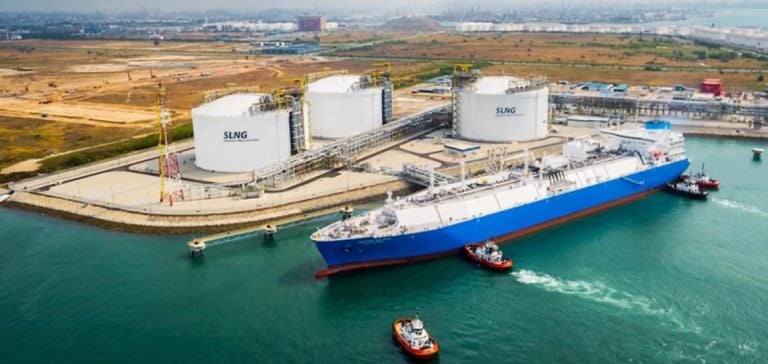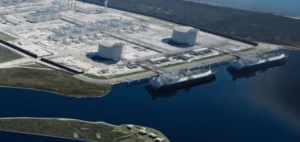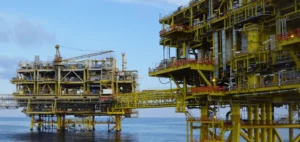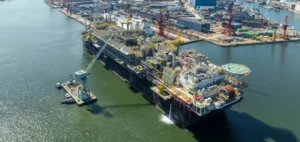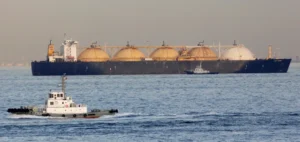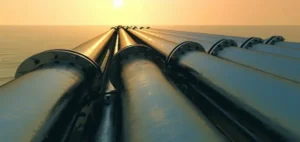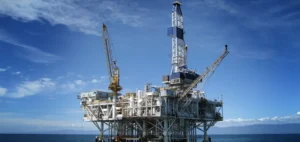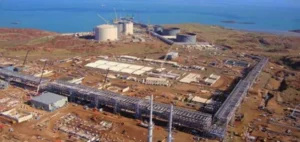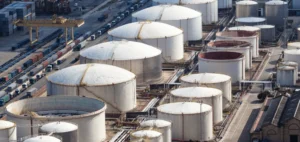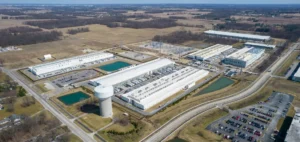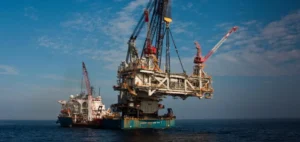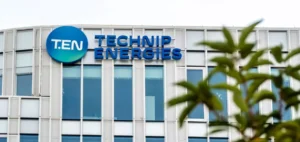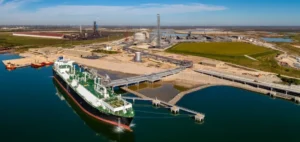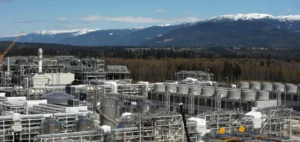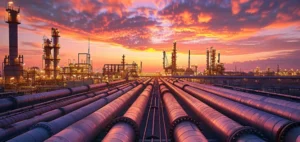Singapore is enhancing its liquefied natural gas (LNG) import capacity with the opening of its second terminal, which has a capacity of 5 million tons per year. Located at Jurong Port, this terminal is based on a floating storage and regasification unit (FSRU), according to the Minister for Trade and Industry, Gan Kim Yong, at the Singapore International Energy Week 2024 on October 21.
The use of a floating storage and regasification unit (FSRU) offers increased flexibility, allowing the facility to be moved according to demand needs while requiring less land area compared to traditional infrastructures. Moreover, FSRU-based terminals are generally less expensive and quicker to construct than their onshore counterparts.
The project to develop this second LNG terminal by Singapore LNG (SLNG) Corp. was announced a year ago, but no details had been specified until now. “The new terminal will have a processing capacity of 5 million tons per year, which is a 50% increase of our current LNG capacity,” said Minister Gan.
FSRU Contract and International Partnerships
Furthermore, a senior SLNG executive announced that the contract for the FSRU ship had been awarded to Mitsui OSK Lines (MOL), a Japanese shipping company. Details regarding the size or duration of the agreement were not disclosed. Other industry leaders indicated that the new FSRU will likely require a long-term LNG contract, as the government is leaning towards baseload supply for the majority of the volume, reserving a smaller portion for the spot market. The exact duration of this long-term contract could vary based on broader industry developments.
Flexibility and Energy Transition
The installation of an FSRU also allows Singapore to remain flexible in its long-term energy transition and in the selection of its fuel sources. This flexibility is crucial to adapt the country’s energy strategy in the face of rapid changes in the global energy market and sustainability imperatives.
In parallel, Minister Gan announced Singapore’s plans to create a central gas entity, or Gasco, which will centralize the procurement and distribution of gas to the energy sector. “We will establish Gasco as a fully government-owned company by the end of this financial year,” he explained. “This approach will enable us to negotiate more favorable gas contract terms, enter into long-term gas contracts for more stable prices and supply, and procure gas from diverse sources to reduce concentration risk.”
Initiatives on Ammonia and Hydrogen
Minister Gan also provided details on Singapore’s initiatives regarding ammonia. Two consortiums have been shortlisted as part of the ammonia pilot program, which will commence preliminary Front-End Engineering Design (FEED) studies by the end of 2024. “This pilot will allow us to gain valuable experience in managing low-carbon ammonia supply chains,” he added.
Singapore unveiled its National Hydrogen Strategy a few years ago, and in 2023, it invited consortiums to participate in a request for proposal for a pilot project on Jurong Island to explore the use of low-carbon ammonia for power generation and maritime bunkering.
The government has also launched the Low Carbon Energy Research (LCER) Funding Initiative, allocating over S$180 million since 2020 to support research into low-carbon energy technologies, including hydrogen. In 2024, the Centre for Hydrogen Innovations was inaugurated at the National University of Singapore (NUS), the first of its kind in Southeast Asia, aiming to advance hydrogen research across the entire value chain.

